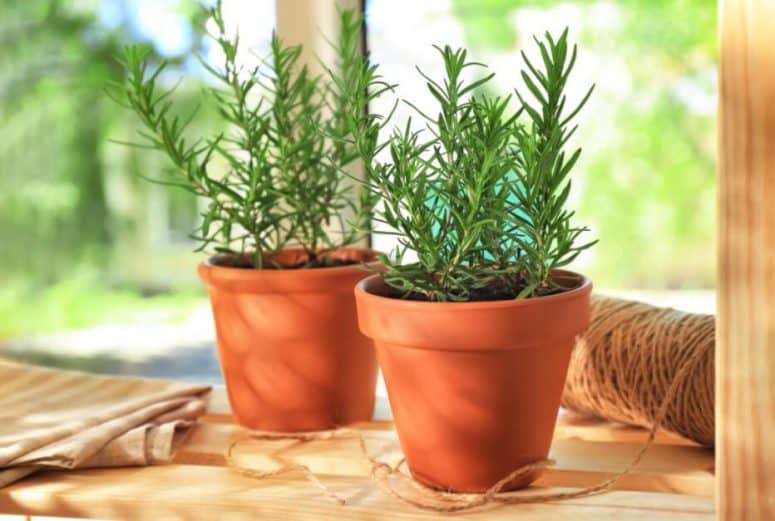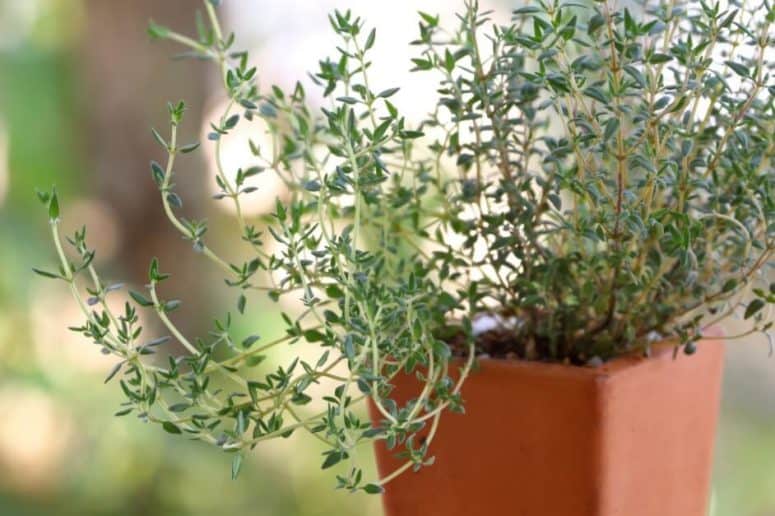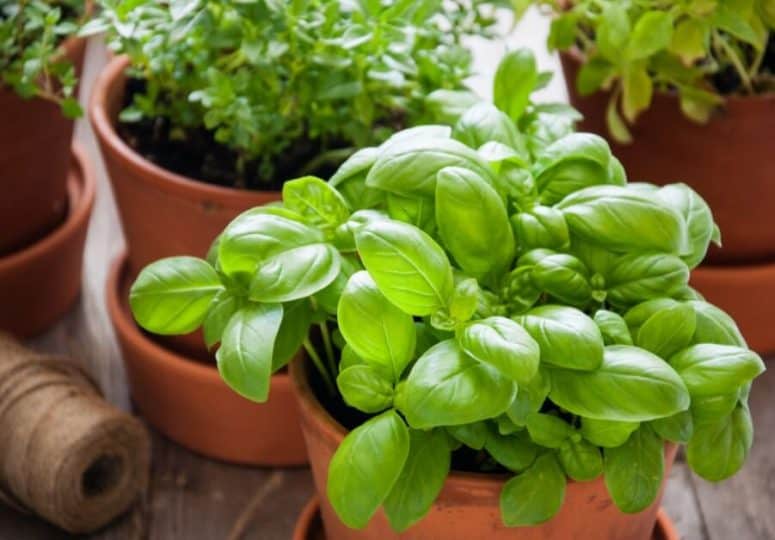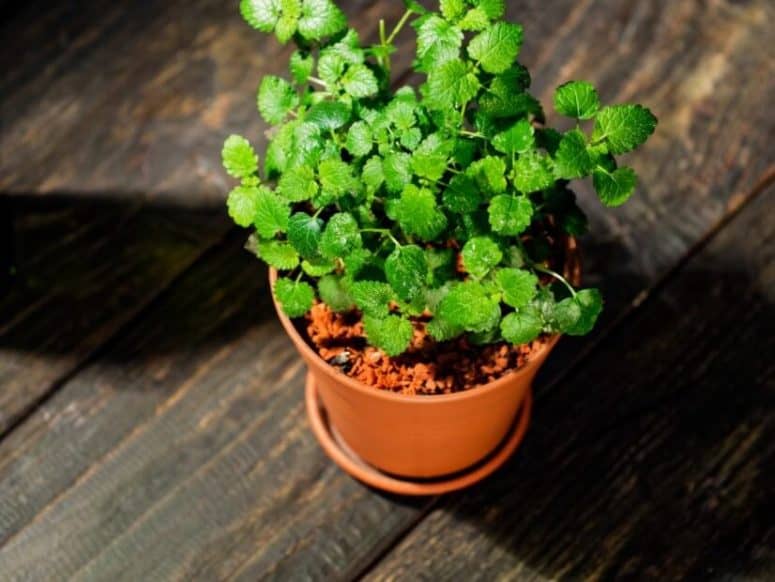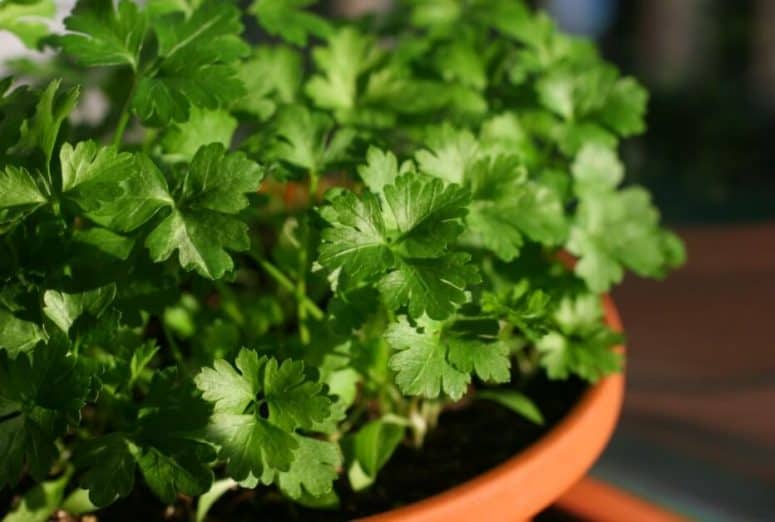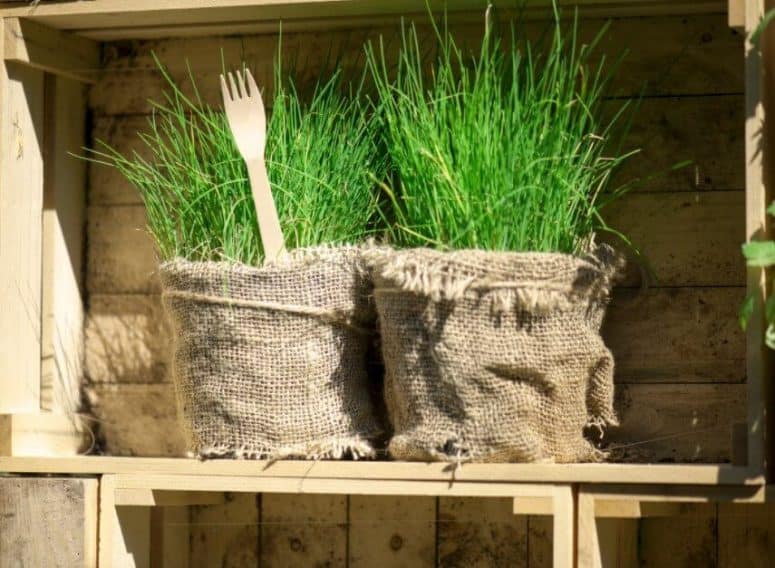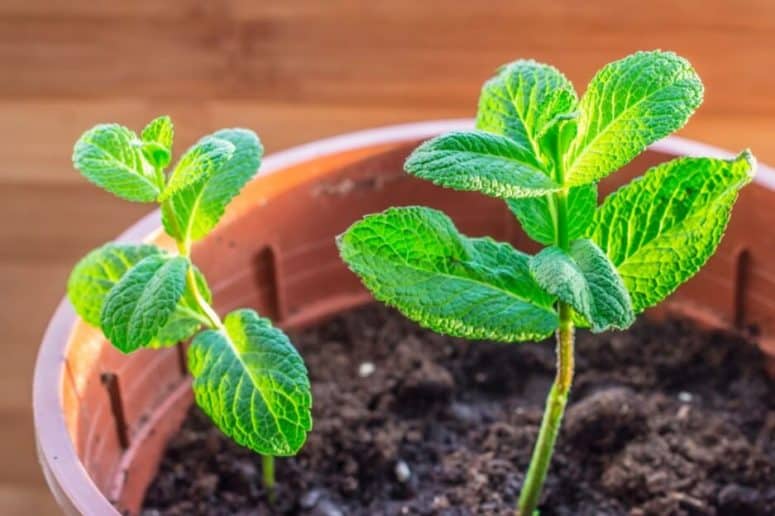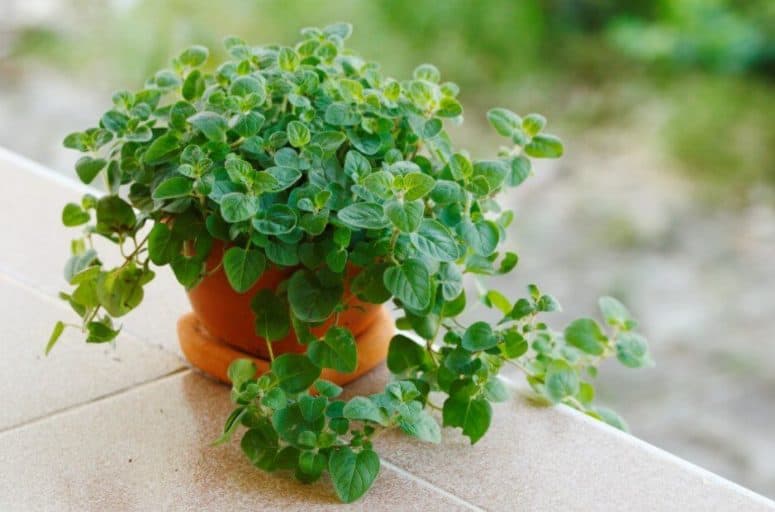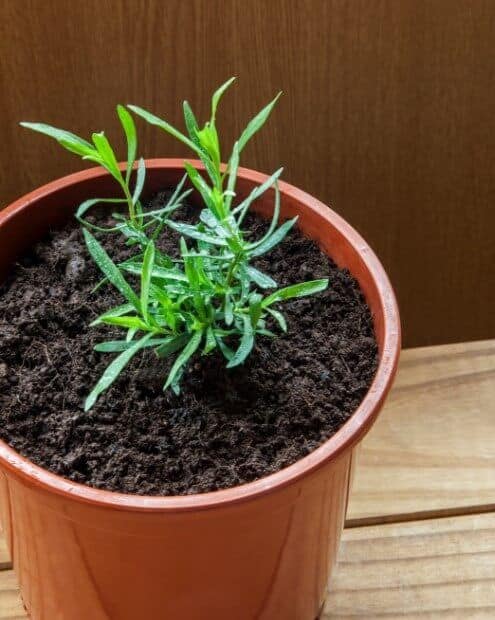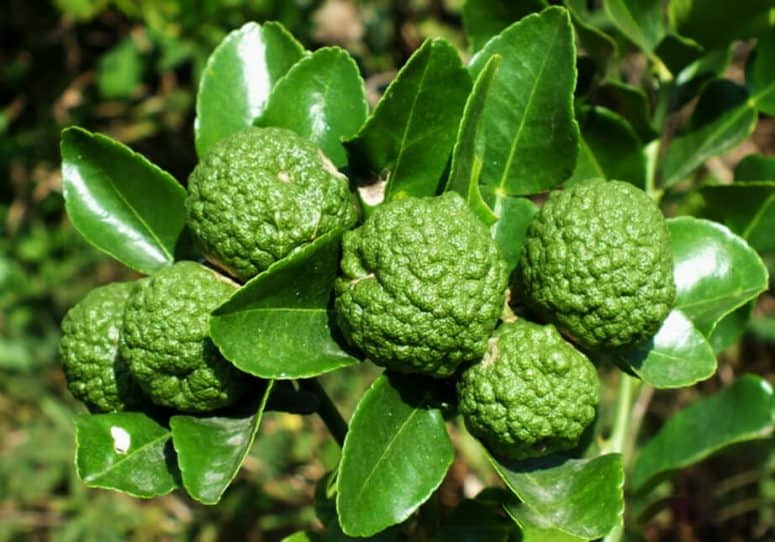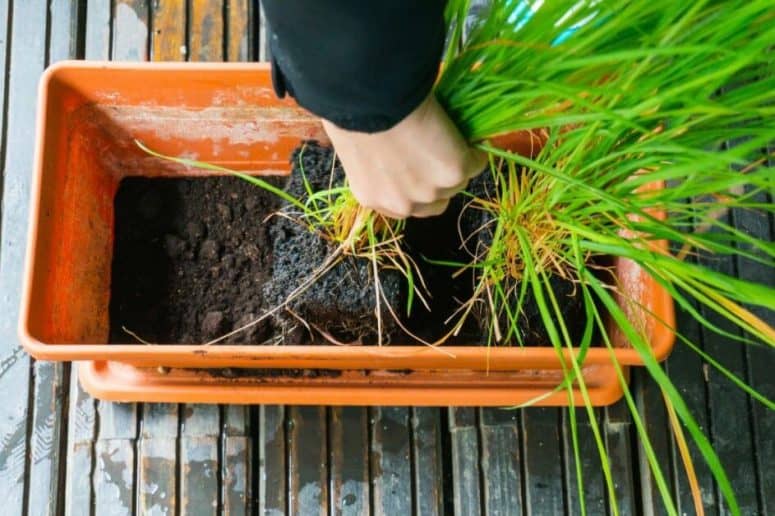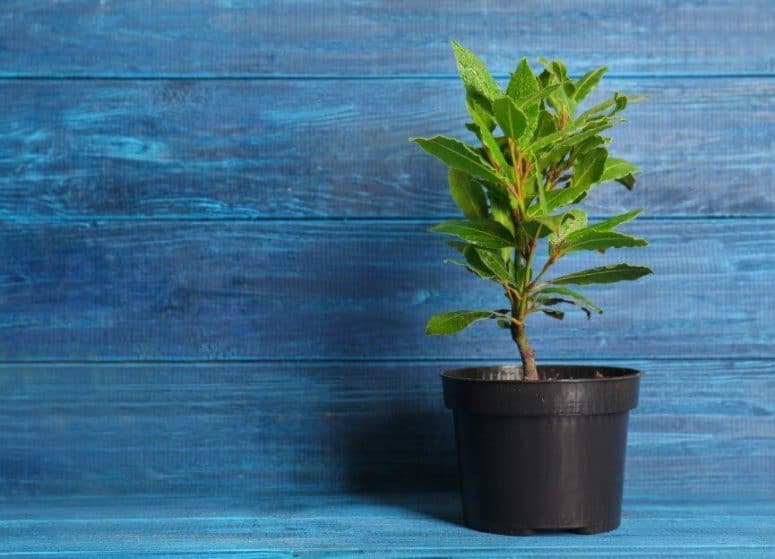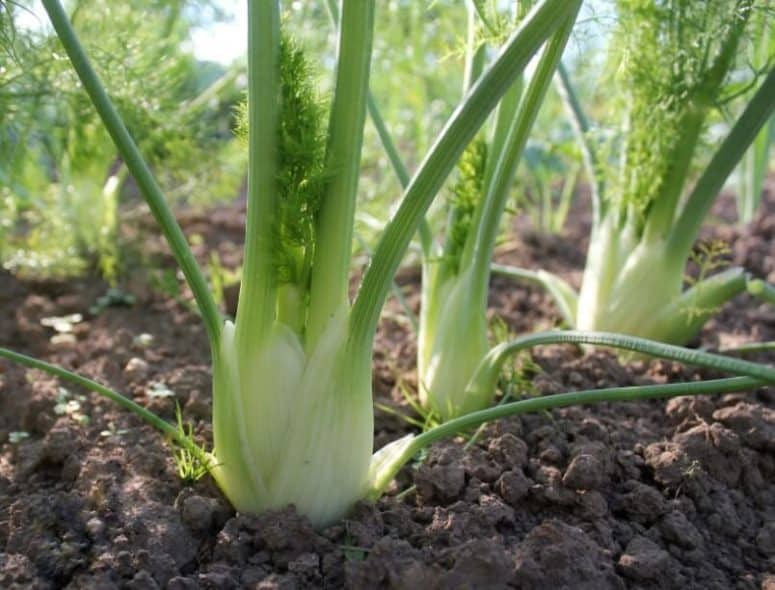15 Easiest Herbs to Grow At Home (Indoors & Outdoors)

Herbs are fresh plants that could spice up and elevate your food into a whole new deliciousness. Furthermore, herbs in your food do not just spice up the delicacy of the food but also strengthen your body’s immunity with dozens of benefits from them.
Some of them, such as chives, mint, basil, and oregano, could protect your body against cancer. Therefore, consuming herbs as your food spices could change your life.
If you’re thinking that planting herbs would be just as hard as producing fruits, that’s when you go wrong. Contrarily, planting herbs is as easy as putting seeds in the soil, giving them enough sunlight, and fertilizing them when needed. And you can harvest your fresh herbs after a meanwhile.
One more reason why planting herbs is a must is that the herbs you usually see in a grocery could be very pricey. Planting your herbs could save a lot of cost and energy.
To begin your gardening journey, it would best if you start learning to plant one of these easiest herbs to grow.
Rosemary
The power of rosemary is in its leaves. It’s quite a woody shrub, though. You can plant rosemary everywhere, but I recommend planting it in a container with full sun exposure in spring or fall.
Rosemary loves the brittle texture of the soil. Therefore you should be aware not to overwater it unless your rosemary could get unruly.
This will grow into bushes, and there you can harvest 1/3 of the entire plant. Rosemary goes very well to spice up while basting your pan-seared meat with butter.
Planting guide: How to grow rosemary
Thyme
You can notice thyme by its small rounded leaves that are usually tied and dried. It would be best if you planted thyme in drier soil in spring. Again, don’t overwater the ground for the best harvesting.
You can give thyme an organic fertilizer and enough sunlight for maintenance. Harvest it when it’s dried out at the time before the flower blooms.
Pro-tip, thyme goes very well with chicken dishes. Learn more about how to grow thyme here.
Sage
Sage is a subshrub herb that belongs to a mint family with somehow greyish green leaves and woody stems.
Just like many herbs, sage likes drier and loamy soil. A sage should be drought than overwatered.
Give it enough sunlight, and you can harvest it by chopping off several stems or leaves. You can use it dried or fresh after harvesting.
More on how to grow sage at home.
Lemon Balm
Another mint family in herbs, lemon balm, has a bright green color just like mint. Lemon balm could give freshness and acidity to flavor.
Planting lemon balm at home doesn’t need much light since too much light exposure could be harmful. However, you still cannot overwater it. Indoor or outdoor, keep the soil loamy and moist.
Harvest your lemon balm when it starts to have stalks and leaves. Pinch off the leaves that you need, and don’t harvest the entire plant, of course.
Read this article to learn more about growing lemon balm at home.
Parsley
This is one of the most used herbs in food, very versatile as ingredients, sauces, or garnishes.
You’d better plant parsley in cooler temperatures and loamy soil like other herbs. Fertilize it with organic compost for better growth and result.
Harvest your parsley by cutting the base and cut the full stalk stems, not just the leaves. Learn how to grow parsley here.
Chives
Chives grow thin and tall. That’s what makes them different from green onions. It tastes similar, though, but it’s best to be eaten raw or cooked briefly. Chives produce edible flowers, which could elevate your level of garnish and plating.
Like most herbs, chives like sunlight and drained soil, wait for only several days, and you can eat every part of your grown chives!
Mint
There you go, Mint leaf. There are some different mint family, but they generally give the familiar cool sensation in your dishes, such as drinks, salad, or freshness in strong sauces.
As expected, mint leaf grows better in a shady place and moist soil under partial or full sun. For the best taste, cut your mint leaf just before the flower blooms. That’s when you get the best flavor of your mint. More on gorwing mint.
Oregano
This one is served or made mostly in dried. Oregano tastes sweet, savory, and a little bitter. You will get the best taste by mixing oregano with some acidities like tomato or lemon in a meaty lamb dish.
Planting it is easy. Oregano is perfect for indoor planting since it needs indirect sunlight. Fertilize your plant and never get it overwatered. You can harvest the whole stem of oregano once it’s grown to be around four inches tall.
Read here to learn about growing oregano at home.
Tarragon
Tarragon that comes from a sunflower family is very versatile for your dish, especially french-style dishes. You can garnish, sauce, or mix your dish with tarragon as the ingredients.
Plant tarragon in an area full of sun exposure and moist soil. You can harvest tarragon by trimming off the younger leaves on the top, so the older stems will keep growing.
Cilantro
Cilantro looks very similar to parsley, but it has more rounded leaves. Like many herbs, cilantro is suitable for planting in such a humid area with partial sun and loamy soil. It gets wilt quickly when the temperature is too warm.
How to harvest cilantro? Trim it close to the soil, but don’t cut all the leaves unless you want it to stop growing delicate leaves again.
If you’re interested in growing cilantro on your garden, you can read this guide.
Kaffir Lime
Kaffir lime is commonly known for its acidic flavor. However, its leaves are also famous for the aromatic herb in many cuisines.
This herb like well-drained soil and full sun exposure. You definitely want to cover it from the frost and bring it indoors in winter.
Even s, what’s good about kaffir lime is that this one could withstand a high level of humidity, even it grows very well on it. But, be mindful not to overwater it, since it is susceptible of getting root rot.
Dill
It is best to plant dill in a low-temperature area. Going to make sure your garden (indoor or outdoor) is cool enough to grow dill.
Cutting them whole with the stems is recommended. Dill has that sour and savory flavor you can use for dessert or delicious fish dishes with butter oil, yum!
Lemongrass
Lemongrass is famous for its tender texture with an acidic flavor in a dish. It grows optimally in full sun.
So if you grow it indoors, make sure your lemongrass gets enough sunlight for around 7 hours. Giving it supplement sunlight with indoor growing lights also won’t hurt.
Read also: DIY Plant Stand Ideas
Bay Laurel
Bay laurel is also called a bay leaf, and they both are the same plant. This plant is an evergreen shrub herb that you can plant in your house.
Grow them in a container or garden with enough sunlight, around 7 hours of direct sunlight a day. However, you must keep the soil in a humid environment.
Bay laurel matches your stew, soup, or braised dishes very well with its aromatic and tasty flavor. Interested in planting bay in your garden? Read this.
Fennel
Like mint and dill, fennel likes cool temperature with moist and well-drained soil. It is easy to grow fennel in your house, as you need sunlight and water your fennel plant twice a week.
You can sautee, braise, bake, or add it as a condiment to your soup or stew dish. As you can see, the fennel has somehow feathery leaves. That would give a milder flavor to your soup or salad. Try to mix it with olive, onion, radish, or beans!
Conclusion
Now you get the picture of planting herbs at home, don’t you? Get your thumb green and grow the herbs that you think you use that often.
Having your very own herb plant in the house will help you a lot in getting cooking ingredients, not to mention the cost you save by not buying more pricey herbs from the groceries.
Finally, starting to use more herbs could enhance your life quality since most of the herbs benefit your health. Happy planting!
